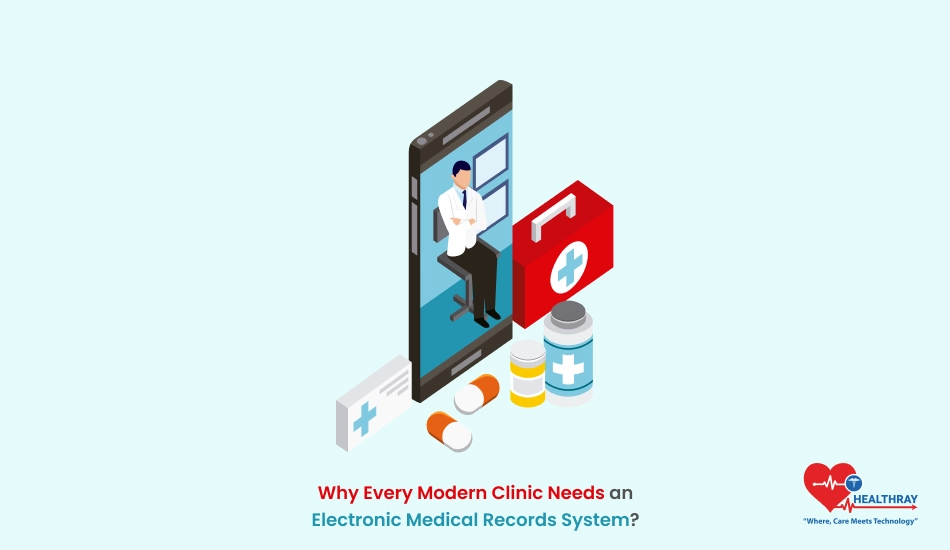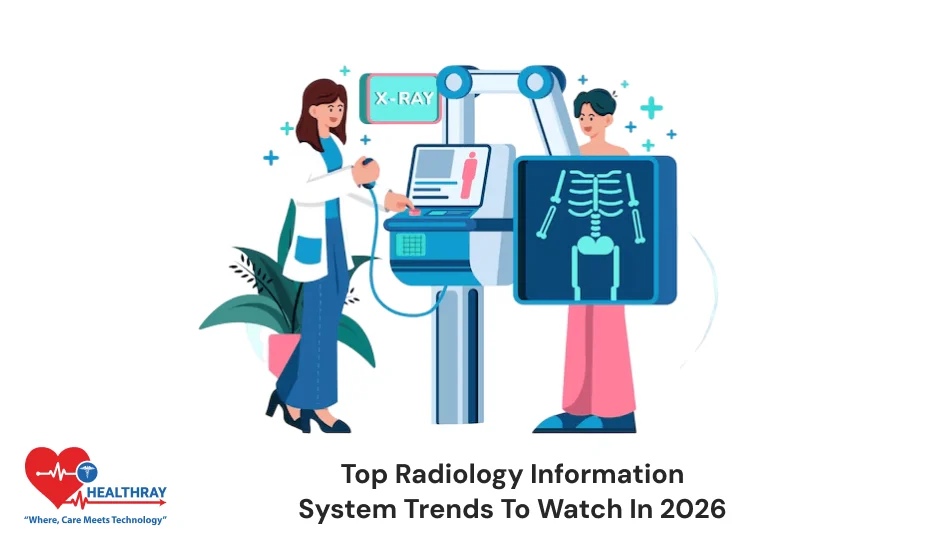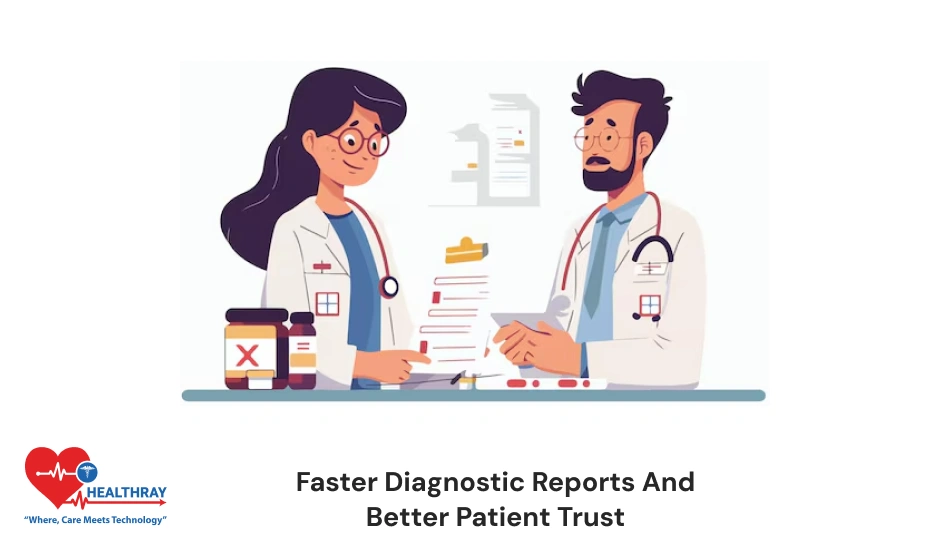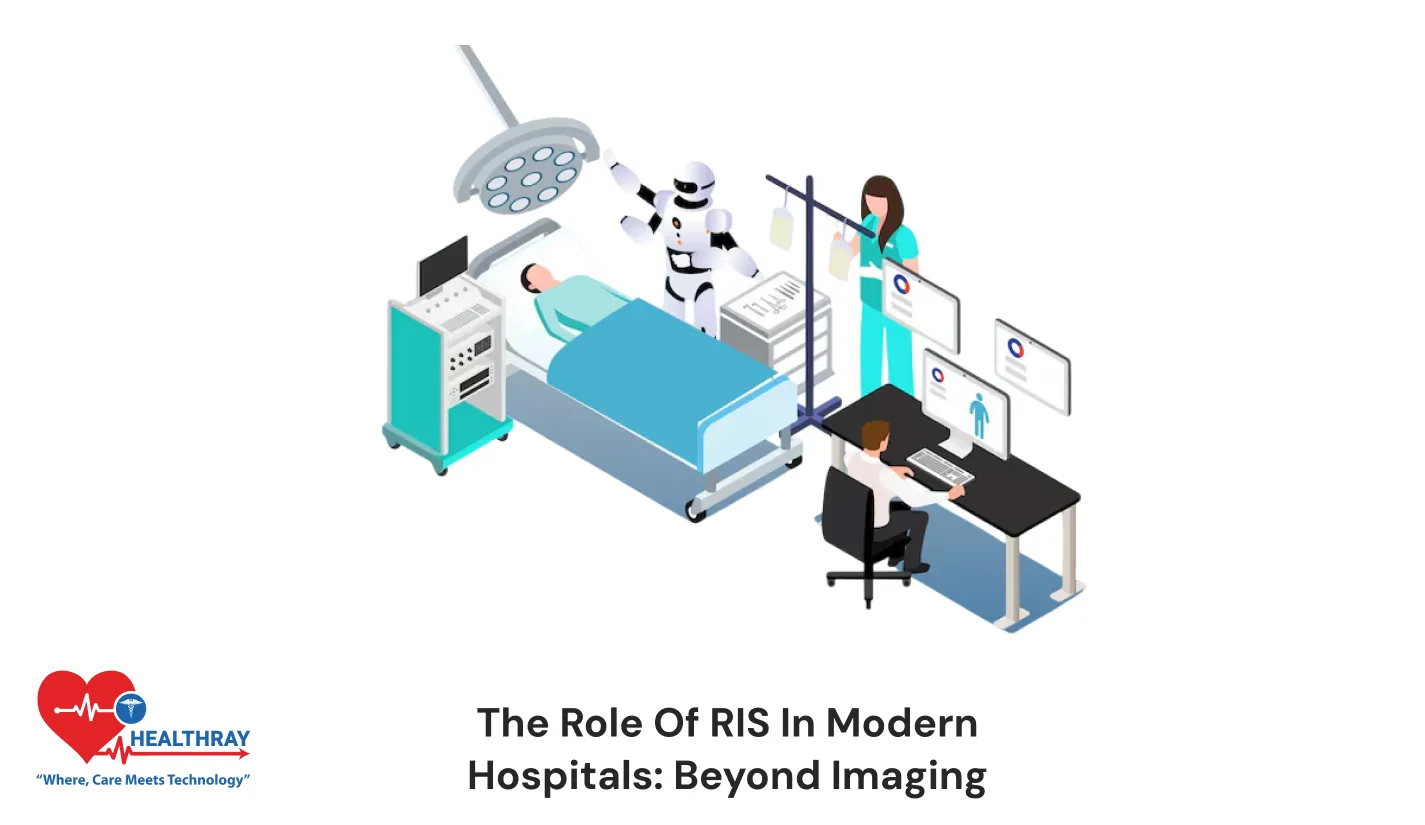If you still maintain paper-based records at your clinic or hospital, then you are missing some important developments that could make the care of your patients better and your practice and data management much more efficient. An Electronic Medical Record system has become an indispensable tool in today’s modern health care for a clinic or a hospital to get streamlined operations with greater accuracy. So, what exactly does your clinic need EMR? Let’s discuss in particular reasons why an EMR is a must-have for any healthcare provider today.
What is an EMR system?
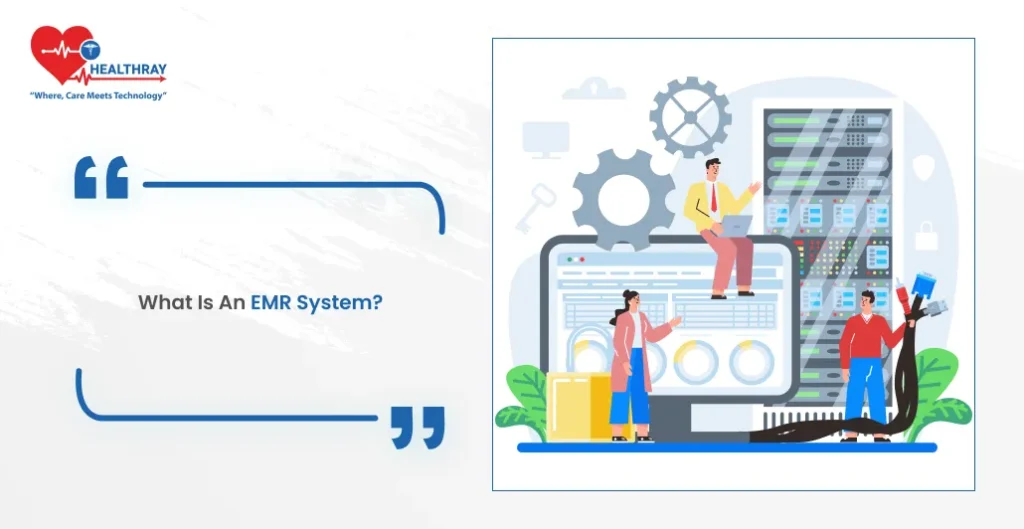
An EMR system is a digital version of paper-based charts maintained in a clinic or hospital. An EMR contains all the patient information in the digital form, from personal details to medical history diagnoses and treatments, which is accessed and updated on time by registered users for instant communication between doctors and hospitals involved in treating any patient.
Some of the advantages of an EMR system are:
- Patient data is secured
- Patient history, medications, and lab test accessed at lightning speed
- Data is entered in real-time
- There is patient information-secured privacy inside
Paper work can get misplaced or can be in the wrong hands with which there might be a delay also. It may contain an error also. The EMR ensures speed, accuracy, and security. So the modern medical center welcomes it soon.
Advantages of EMR System for Clinics and Hospitals
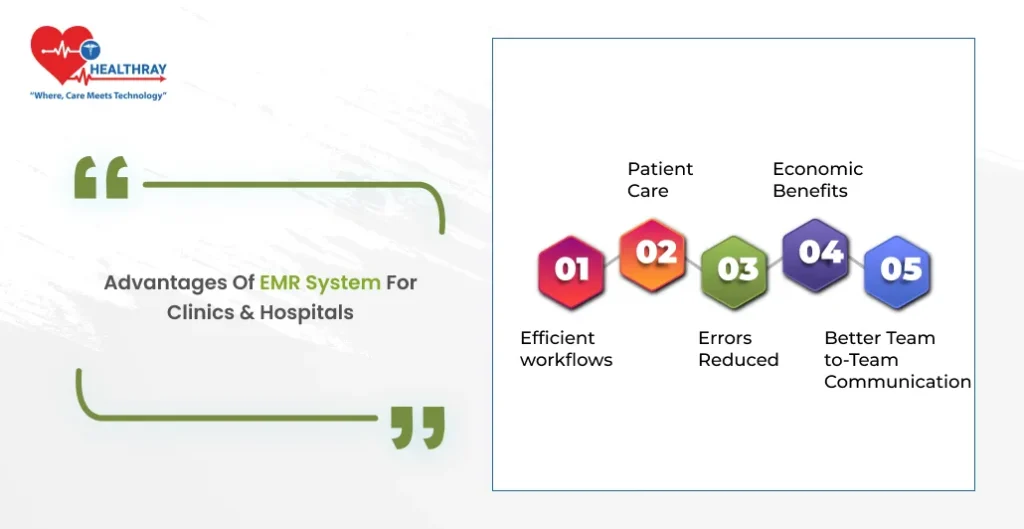
Efficient workflows
Running a clinic or a hospital is simply juggling many moving parts that include patient records, staff schedules, billing, and compliance. EMR can immensely simplify day-to-day operations. When patient data, held in a single centralized digital system, then your staff has less time sorting through paperwork and more time attending to the needs of patients.
As doctors meet the patients for consultations, they are able to see and access their files very speedily, thus saving appreciable waiting time for the patients. Reports from all the test procedures would also be available just when they will get processed, and then prescriptions would be written and lost subsequently.
Patient Care
The information regarding the patient is promptly available to doctors if it is updated and current. With just a few clicks on the computer mouse, the EMR provides the entire medical history of a patient in the form of prior diagnoses, medicines, and lab results. Doctors can thereby identify potential problems more quickly and prescribe the appropriate treatments.
Moreover, EMRs have provision for automated alerts related to allergies, drug interactions, or overdue checkups that helps reduce risks to patients. To this extent, EMR systems enable the health care providers to access necessary information with complete ease and facilitate safer and more effective care.
Errors Reduced
Mistakes in healthcare are serious. Traditional paper records cause illegible handwriting, lost files, and communication failures between doctors and nurses. In an EMR system, such risks are eliminated. It helps you get clarity in your notes, alerts you of potential problems such as drug allergies, and automatically does the routine work such as prescription refills, to minimize human errors.
Secondly, EMRs record and document all care given to the patients; therefore, it is easier to scrutinize the treatments undertaken and possible patterns that would require a change in the care rendered.
Economic Benefits
In the long run, an EMR system can save you a lot of money. Consider the costs involved in having to keep paper records: the purchases of filing cabinets, salaries for employees who manage your paperwork, and a percentage of storage dedicated to patient files. All those costs disappear with EMRs.
Many EMR systems also come with billing features, which help you to streamline and automate the billing process. The result is a decrease in coding errors and missed charges, hence a better revenue outcome for your clinic.
Better Team-to-Team Communication
Inter-provider collaboration is crucial to the care of the patient. The EMR system ensures that safe information sharing concerning patients with the healthcare teams occurs. It doesn’t matter if the sharing is between specialists, nurses, or administrative staff. Everyone is able to see the same information that is up-to-date.
For instance, if a patient is referred to a specialist, a general practitioner should be able to view the treatment notes in an EMR directly. This should remove the potential for miscommunication and redundant testing, thus optimally caring for the patient.
Implementation of an EMR System: Problems and Solutions
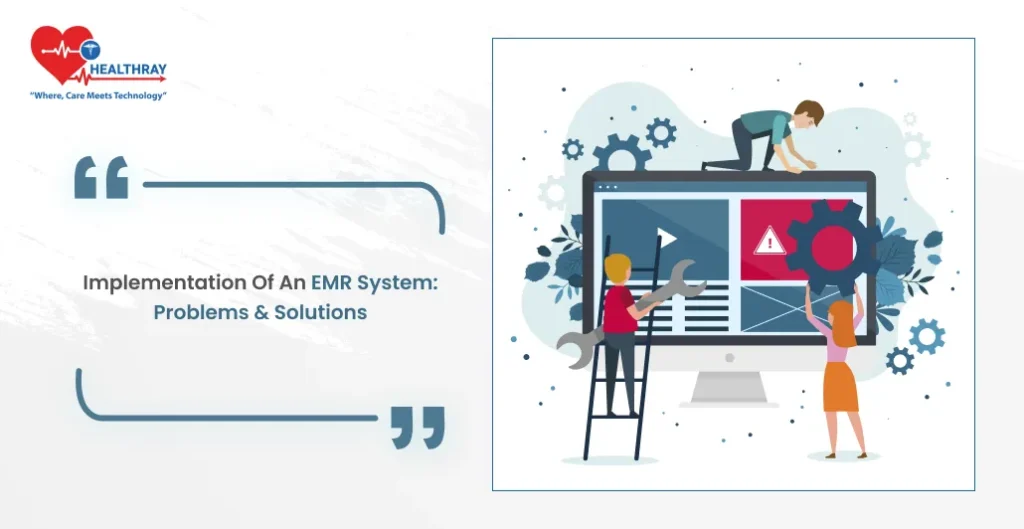
Implementing an EMR system is not completely free of problems. Here are a few common ones and their solution:
Cost:
In the initial phases, investment in EMR Software Solution can be steep, and this may often be unaffordable for smaller clinics. Nevertheless, most of the clinics benefit in the long run by cutting down on paper work and boosting efficiency. Usually, cloud-based EMRs incur lower costs and have the option of a subscription plan with budget-friendly features.
Training staff:
Implementing a digital system can be intimidating, especially for staff who are accustomed to paper records. The answer is to select an intuitive, user-friendly system and provide comprehensive training. Many EMR vendors offer on-site training and ongoing support.
Migration of old records:
It would take considerable time and energy to get old paper-based records into the EMR system. Starting the process slowly with a designated team for transition would be ideal. Most of the EMR systems have a number of pre-developed tools which can easily ease this process.
How to Select the Best EMR System for Your Clinic?

Given that many different EMR products are currently out there, choosing the one which best meets the needs of the clinic or the hospital could pose a bit of a problem. Here are a few key areas to think about:
Scalability:
Find a system which can easily keep up with clinic growth-from either an expanding base of patients or new services.
Cost:
Not only the initial cost but also the long-term savings. Flexible pricing systems, such as subscription models, are a good choice.
Support:
Choose a vendor that provides support for customers over time, especially during the early
stages of implementation.
Cloud-based or on-premise:
Cloud-based systems are more flexible and cheaper to maintain, but they may require reliable internet access. On-premise systems provide more control but usually come with higher setup and maintenance costs.
Case Studies: Real-Life Examples of Clinics Benefiting from EMR Systems

ABC Pediatrics: This busy pediatric clinic reduced its administrative workload by 30% after switching to an EMR system. This enabled the staff to spend more time on patient care. They also reduced appointment wait times because they had faster access to patient records.
Since the implementation of the EMR system, prescription errors have been fewer and patient outcomes improved. Moreover, the drug interaction and allergy alerts have prevented complications.
Future of Healthcare with EMR Systems
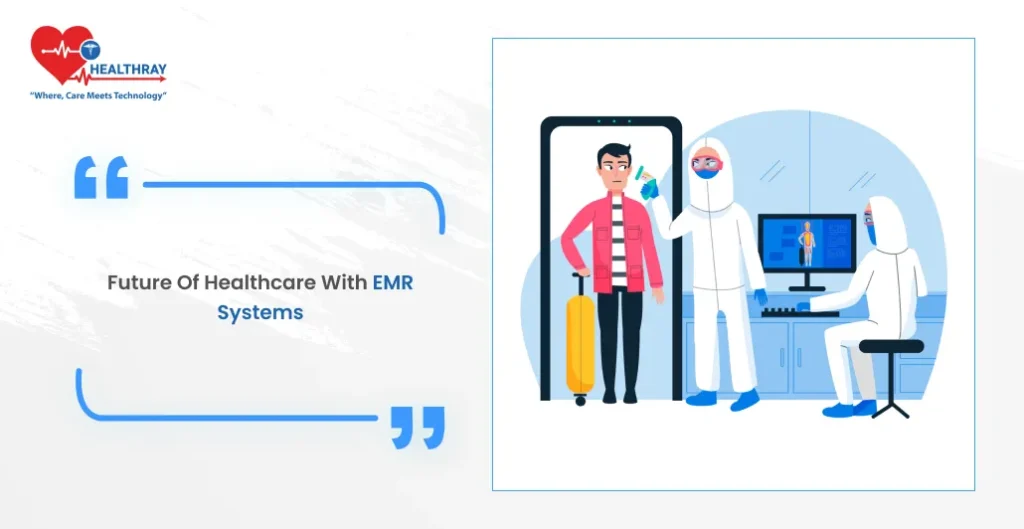
EMR systems are also still evolving. Most of them now support artificial intelligence and predict patient outcomes and even give them a recommendation for treatment. Telemedicine is now enabled by most EMR systems.
That is how, during the pandemic of COVID-19, doctors started consulting their patients remotely while updating their records real-time. Preparation for the future clinics and hospitals prepare by taking on an EMR system today. Early investment will ensure competitiveness in a rapidly increasingly healthcare industry.
Conclusion
In essence, EMR systems are not options for contemporary clinics and hospitals anymore. Instead, they are designed to ensure patients get better care with fewer mistakes, efficient workflow, and even savings. Going forward, in an ever-evolving healthcare system, EMR systems will assume greater importance so that clinics may deliver the best possible care to their patients. If you have a plan of investing in an EMR system, research the best for your clinic and the benefits which digital records can provide to your operation.
